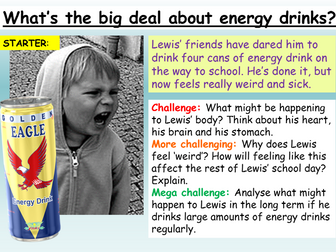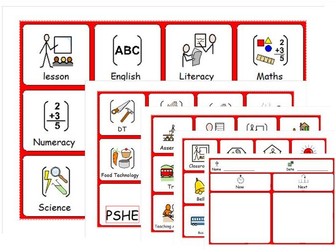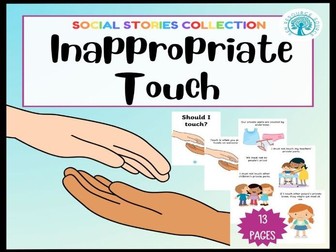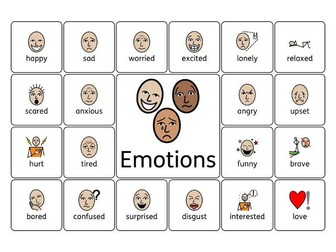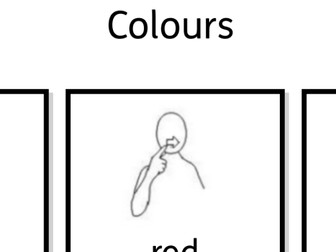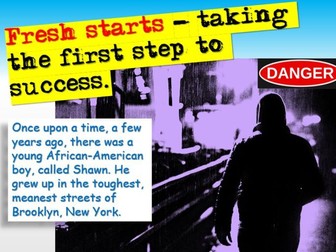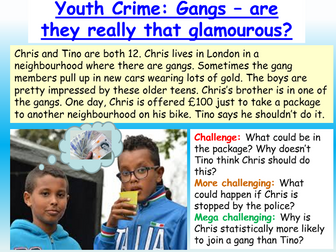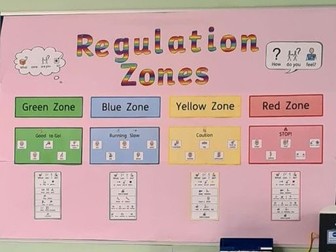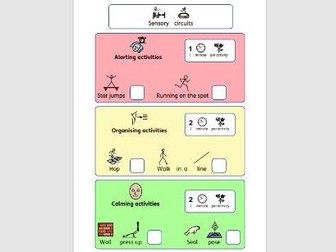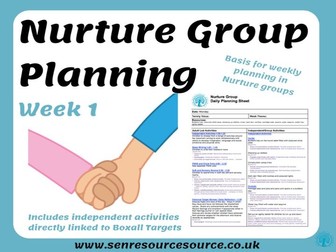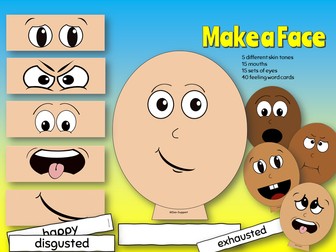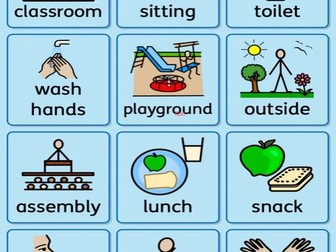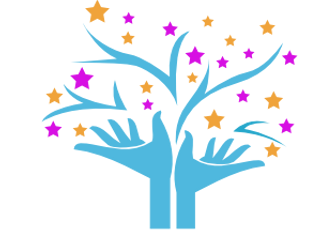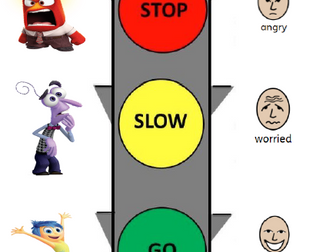Sale

Energy Drinks - Caffeine PSHE
A one hour lesson focusing on the health and behavioural problems caused by energy drinks. This one hour PSHE lesson is designed to make students think twice about consuming these before school and to make them aware of the serious long term health consequences of consuming sugary, caffeinated drinks in large quantities.
This pack includes a PowerPoint, worksheets, clips, all well differentiated.
Check out the EC Publishing website for full, affordable PSHE, Citizenship and RE Packages for all year groups including the new 2024 Complete PSHE Package. You can contact us at info@ecpublishing.co.uk
These resources have been designed to be engaging, detailed and easy to follow. All our resources are editable (so easy to adapt for your classes).
You can find many more inexpensive and free PSHE, Citizenship and RE resources at my shop: EC_Resources
Leave me a review and pick any other resource for free :)
